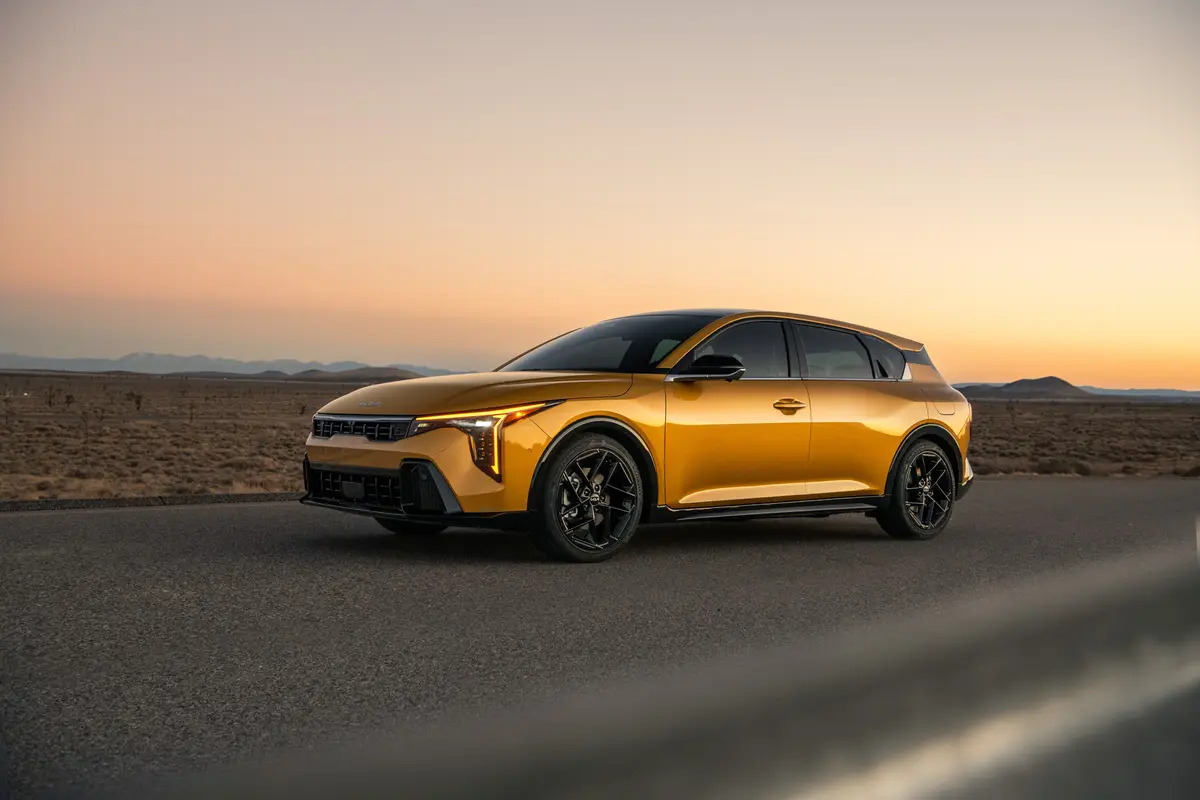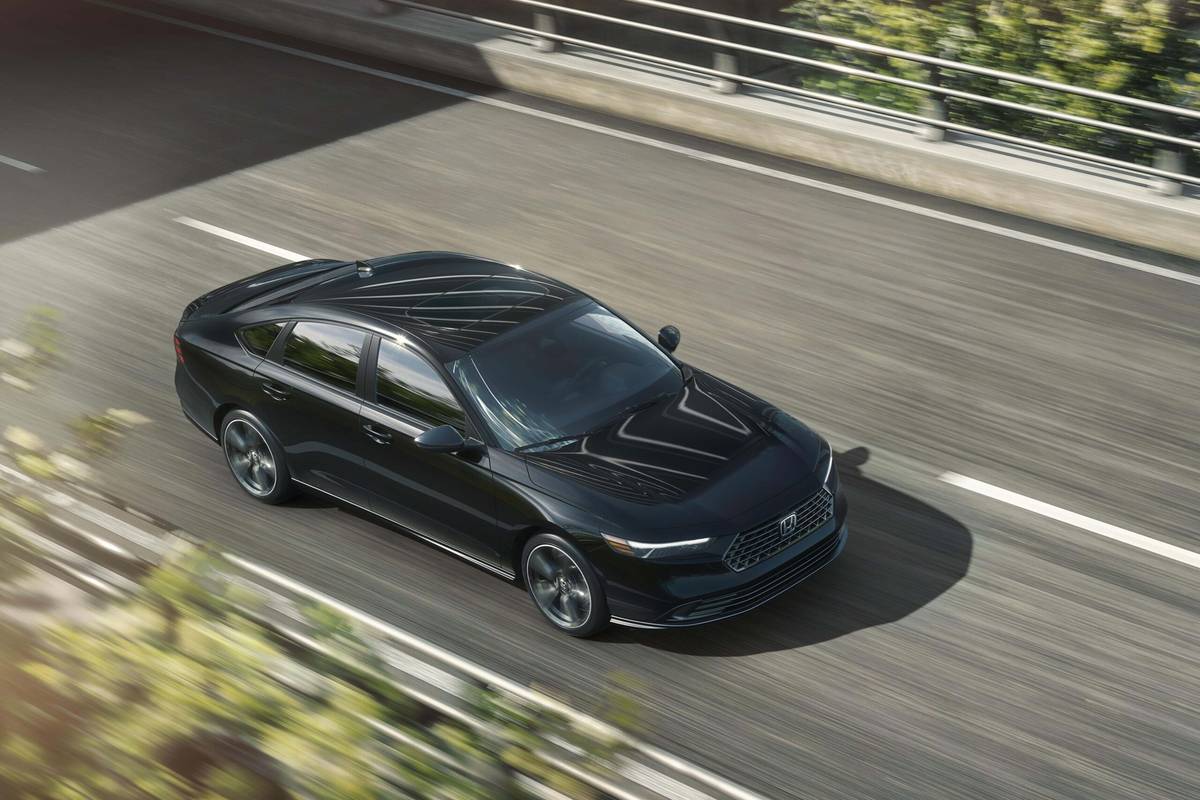The Morning Call and Mcall.com's view
”What is THAT?,” my friend asked with all the enthusiasm of someone who stepped in something nasty.
It’s the new Chevrolet HHR,” I replied.
”Is that supposed to stand for something?” she asked.
”Yes. Heritage High Roof, referring to the 1949 Chevrolet Suburban.”
”I don’t care what you call it, it’s ugly.”
Everyone’s a critic.
But I’ve had these sorts of exchanges before, with such cars as the PT Cruiser, Honda Element and Scion Xb. All are small cars with the utility and body shape of SUVs. All are styled with polarizing looks that only a mother could love.
Why do cars have to be ugly? That’s simple. Ugly sells.
I was once told that maxim by a very successful department store executive, one he and his store successfully follows. I know, I’ve been there. It ain’t pretty.
So the HHR will be a success as well, but for more reasons than its, um, distinctive appearance.
Like its competitors, the HHR has five doors, four cylinders and boatloads of the sort of utility that make SUVs and minivans so popular.
All seats except the driver’s seat folds flat. The rear floor lifts up at a 45-degree angle to hold grocery bags, or lifted up to a higher level to hide cargo. But at its high point, the platform interferes with the cargo net. Oops.
Still, its utility in a tidy size is hard to argue with.
There are three trim levels and two double-overhead-cam engines offered.
The base LS features a 2.2-liter version of GM’s EcoTec four-cylinder engine, and is rated at 143 horsepower. Upper-level 1LT and 2LT models feature a larger 2.4-liter EcoTec four rated at 172 horsepower. Both engines can be mated to either a five-speed manual or four-speed automatic transmission.
The HHR uses the same platform as the Chevrolet Cobalt, employing a front independent suspension and torsion bar rear suspension. Front disc, rear drum brakes are standard. Anti-lock brakes and traction control are standard on 2LT models and optional on others. So the HHR specs are pure small-car, nothing overly exotic.
Chevrolet provided an LT for testing.
As you might expect, the HHR is small-car nimble, it’s not a sports car. This is mainly due to the four-speed automatic’s economy-car gearing and the strange feel of the electric power steering. Braking was OK.
The fit and finish of the interior was impressive for an inexpensive GM car. The switch gear had a good feel, and the audio system had a sophisticated look, decent sound and an audio input jack for MP3 players. Nice touch.
On the flip side, mold lines were visible where two pieces of the dash came together, and they were roughly finished. A dash-top cargo compartment lid was flimsy and button didn’t always open the lid.
Seats were flat, with mediocre thigh support and zero side support. Headroom was tight for some taller passengers, but otherwise passenger space was quite good. The interior was very quiet, with the exception of the engine’s moan when pushed.
Cargo space was excellent.
Gas mileage was about average for a small car, at 23.6 mpg.
Overall the HHR joins a number of small hatchbacks and shares their ability to carry much in a minimal space. It’s amazing utility, good assembly quality, good fit and finish and above average handling makes the HHR competitive in a way that small GM cars generally aren’t.
Latest news



